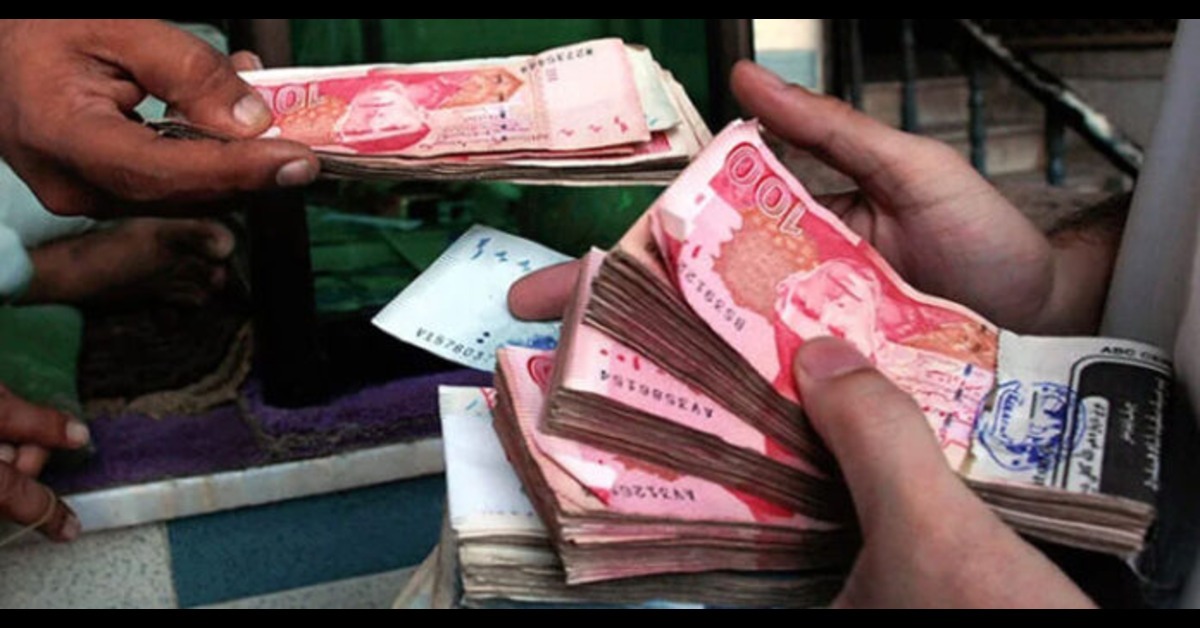Pakistani banks have started imposing monthly fees on large savings accounts, marking a shift to meet the government’s Advance-to-Deposit Ratio (ADR) requirements. This step aims to boost private sector lending while avoiding additional taxes, affecting customers with high-value deposits. The trend, now widespread, underscores the growing significance of Pakistani banks’ high-value account fees in reshaping financial policies.
Bank Alfalah
Bank Alfalah was the first to announce a monthly fee on November 15. This move aims to boost private sector lending amid rising fiscal pressures. Pakistani banks high value account fees have become a significant strategy for economic management.
Habib Bank Limited (HBL) and Bank of Punjab (BoP)
Following Bank Alfalah’s lead, HBL and BoP also announced similar fees on November 18. These banks are part of a broader strategy to encourage lending to the private sector, contributing to the trend of Pakistani banks high value account fees.
Meezan Bank Ltd.
Meezan Bank, Pakistan’s largest lender by profit, declared a 5% monthly fee on savings accounts holding over Rs1 billion ($3.6 million). According to a notice, “Meezan Bank has the right to recover a monthly fee of 5% on deposit accounts with a balance of PKR 1 billion and above.”
MCB Bank Limited
MCB Bank also joined the trend, stating that a 5% monthly fee will apply to all checking accounts (savings and current) with a balance of PKR 3 billion or more at the month’s end.
Faysal Bank
Faysal Bank announced a flat 5% monthly fee on all checking accounts, both local and foreign currency, with balances of PKR 5 billion or higher at the end of the month.
Askari Bank
Askari Bank disclosed that a flat 5% monthly fee would be charged on checking accounts holding a balance of PKR 1 billion or above as of the last day of the month.
JS Bank
JS Bank will impose a 5% monthly fee on savings accounts with balances of PKR 2 billion or more starting December 20, 2024.
Standard Chartered Bank Pakistan Ltd.
Standard Chartered also issued similar notices, joining other banks in implementing these measures.
The Federal Board of Revenue (FBR) plans to penalize banks not meeting the 50% ADR threshold by year-end. While some banks have temporarily secured court relief, they argue that such taxation interferes with central bank supervision.
What is ADR?
ADR measures a bank’s lending activity relative to its deposits. Advances refer to lending to the private sector, while deposits include money in current, savings, or term accounts. A healthy ADR reflects active lending, fueling economic activity.
This update highlights the recent changes in the banking sector, aiming to inform readers about Pakistani banks’ high value account fees and the broader economic strategy behind them.

